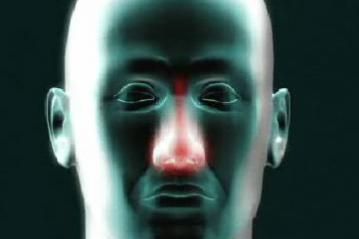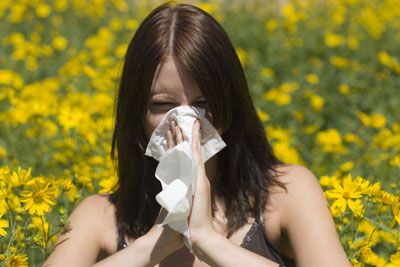Skin allergies, also known as allergic contact dermatitis, are your body's over-reaction to certain substances that it deems dangerous -- even though they're not. When you touch something you're allergic to, your immune system sends out an antibody called immunoglobulin E in order to instruct the rest of your body on how to combat the allergen. Symptoms of allergic contact dermatitis can include redness, swelling, blisters and itching.
Some people are allergic to hair dyes due to the coal tar Paraphenylenediamine, or PPD, in many permanent dyes. The PPD is what causes the color to stick to your hair, but it can also cause an itchy, red rash and sometimes even facial swelling. If you're allergic to hair dye, highlighting your hair will yield the same allergic reaction as dying it, assuming the highlights contain PPD as well. The best way to avoid any allergic reaction is to avoid the allergen that causes it. In this case, that would mean giving up on the highlights.
Advertisement
However, if you feel you need to add some color to your hair, you have a few options. One choice is to use a natural type of dye, like henna. Henna comes from plants and its tannins produce a reddish color. Another option is to look for hypoallergenic dyes that don't contain PPD. Since PPD is mainly found in permanent dyes, temporary dyes and rinses are normally safe for people with dye allergies. Some semi-permanent dyes are also okay, but others can cause a reaction. The best idea is to spot test a bit of dye on your skin before you go ahead with the highlighting process. If you do have an allergic reaction, many over-the-counter products can calm your symptoms. Calamine lotion and cortisone creams are typically recommended.
Advertisement


